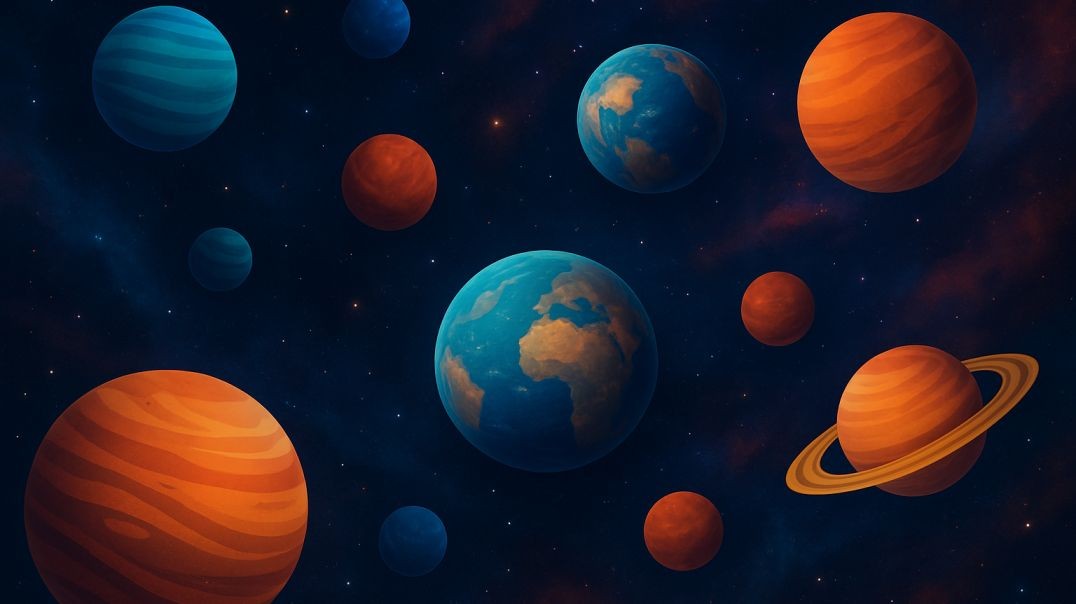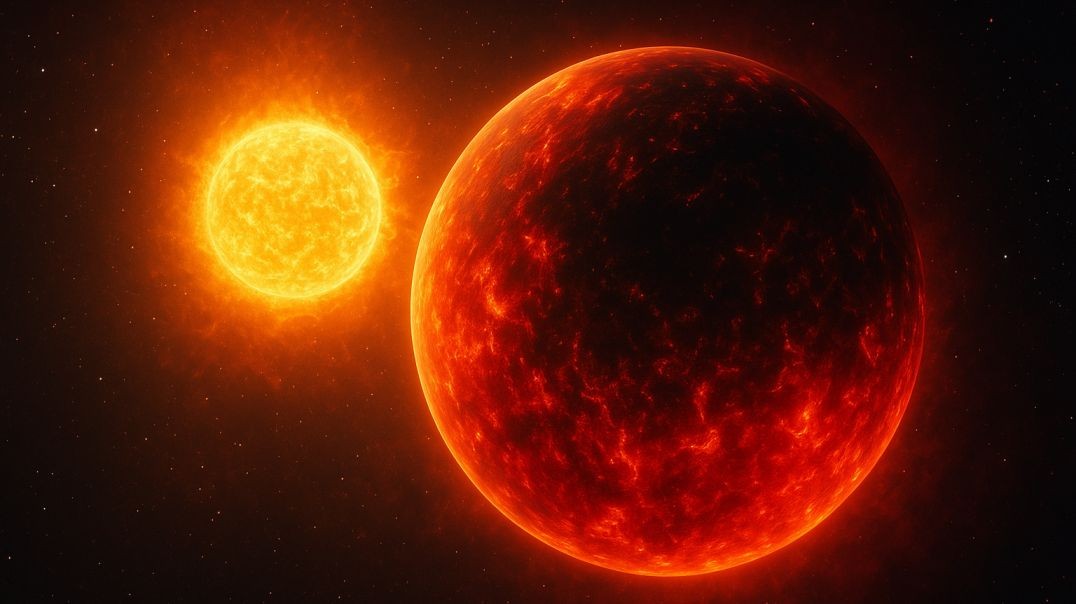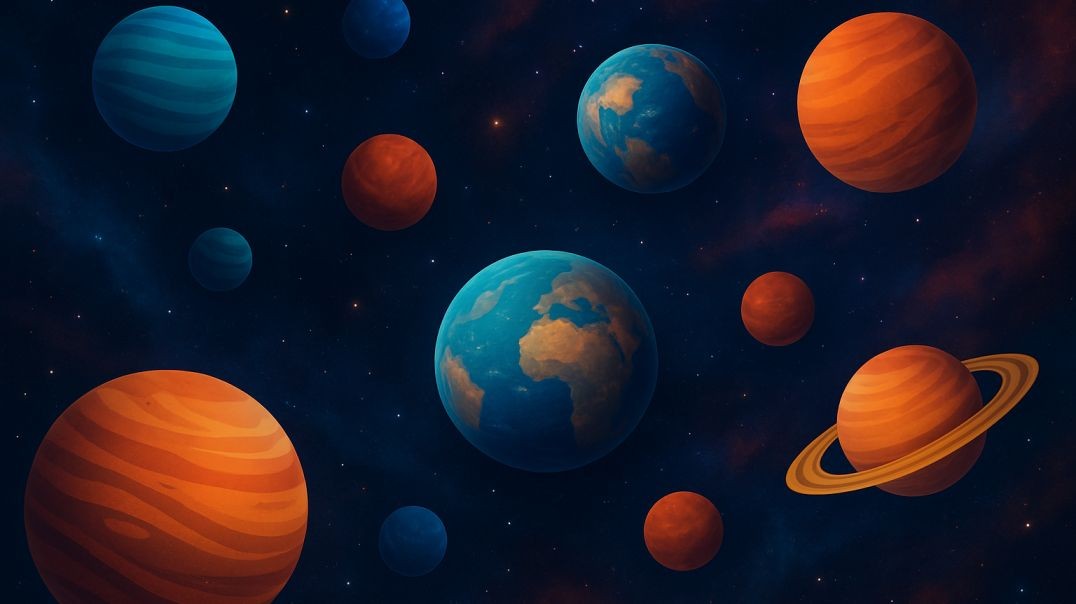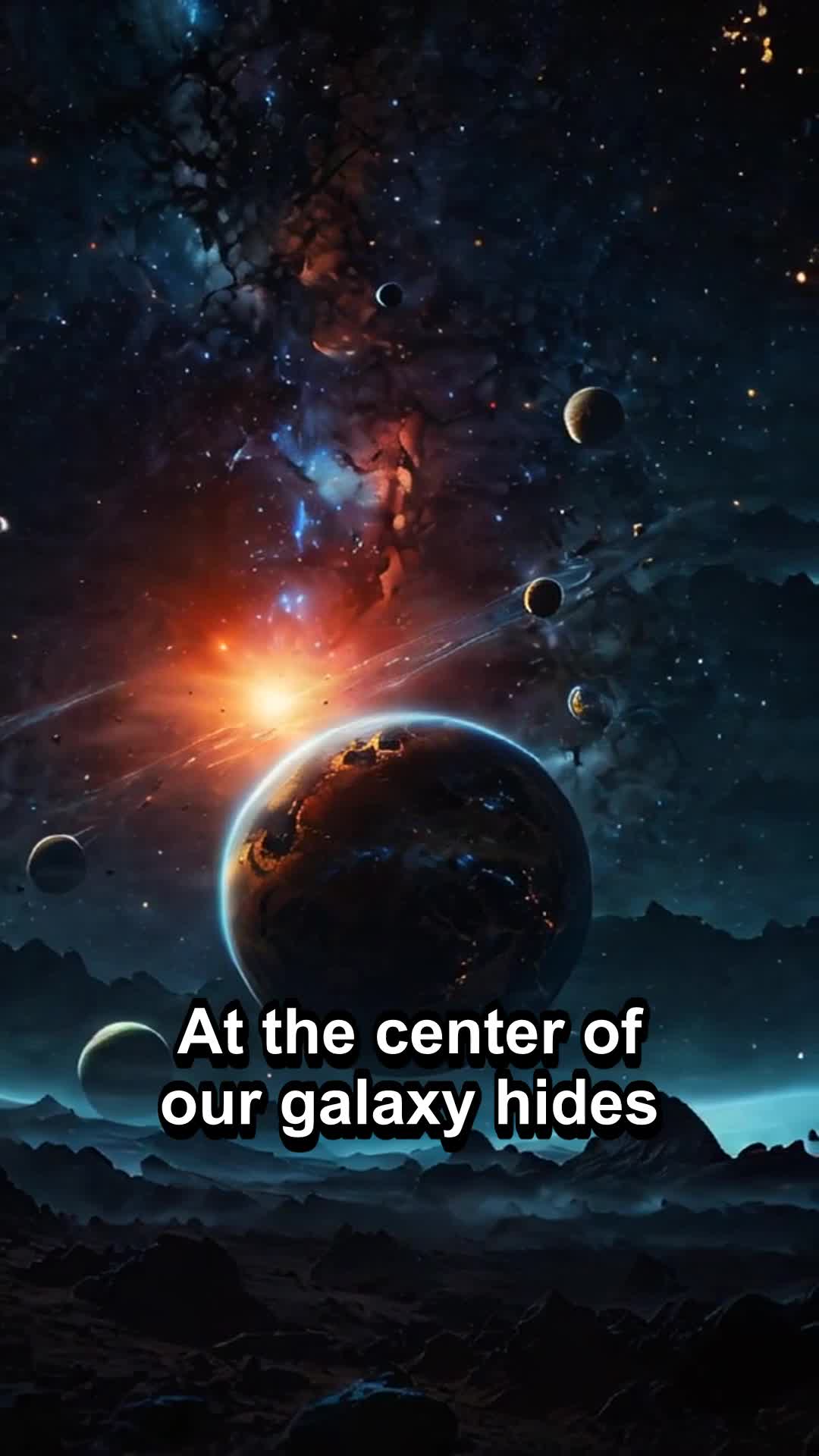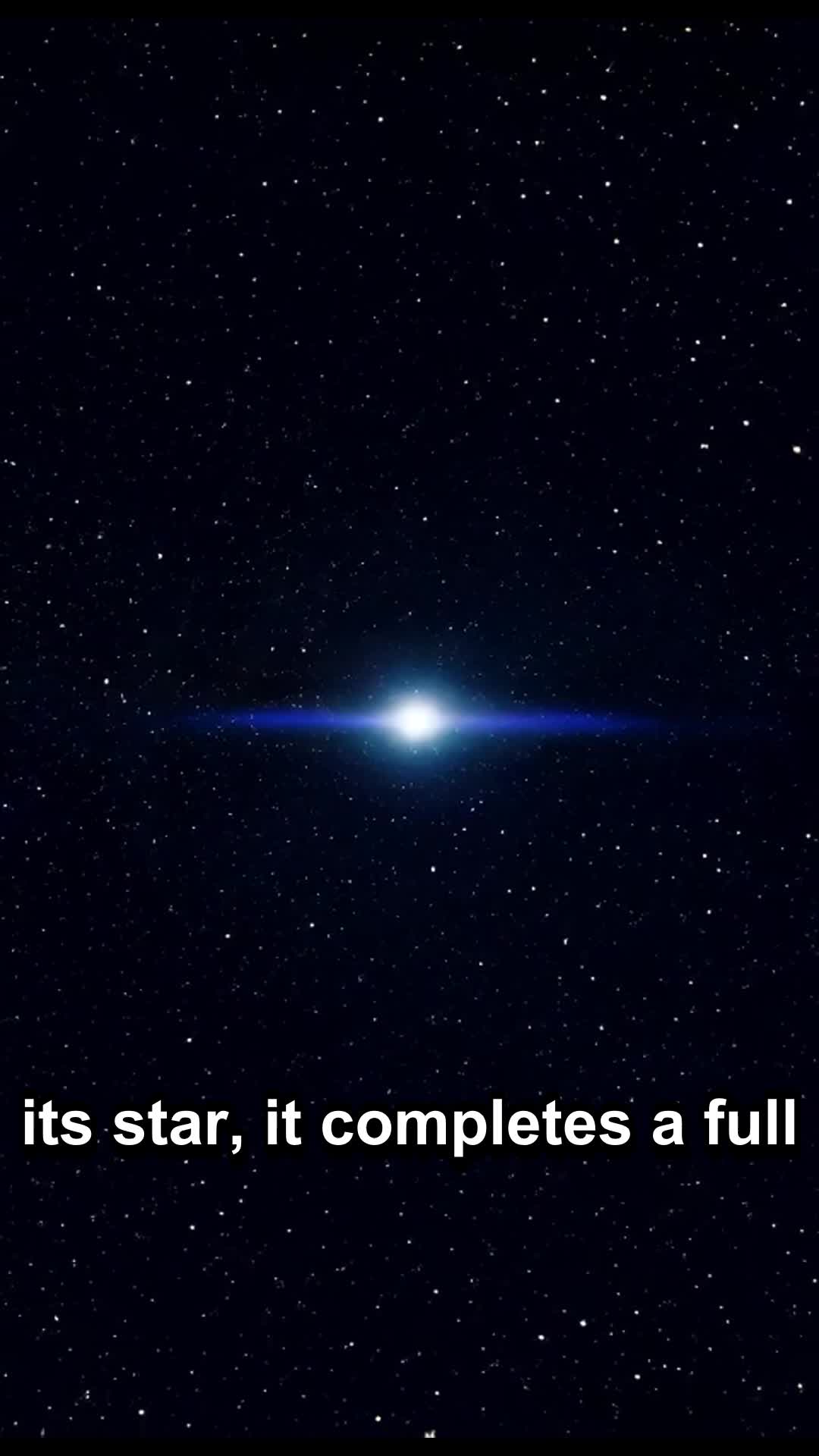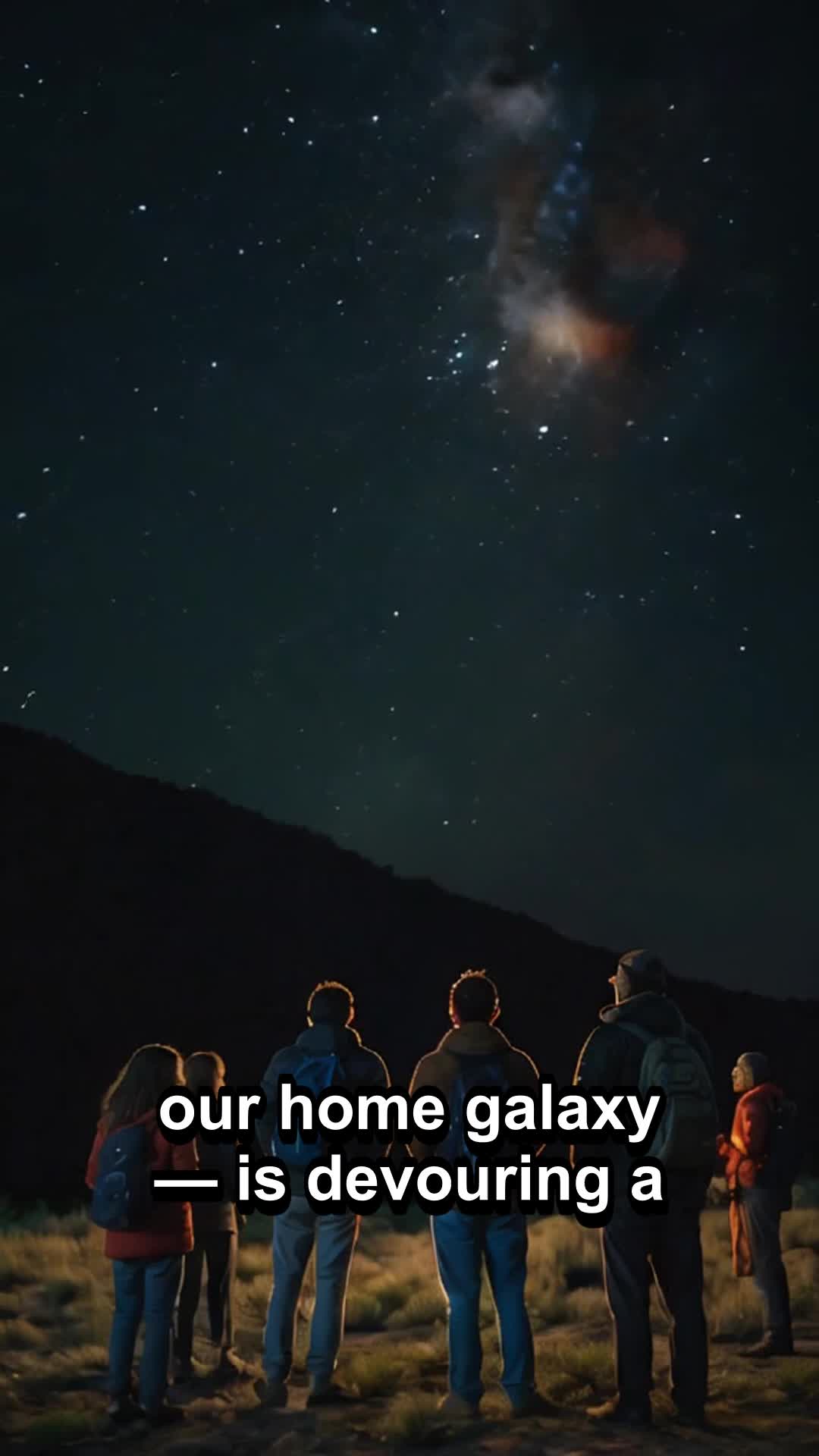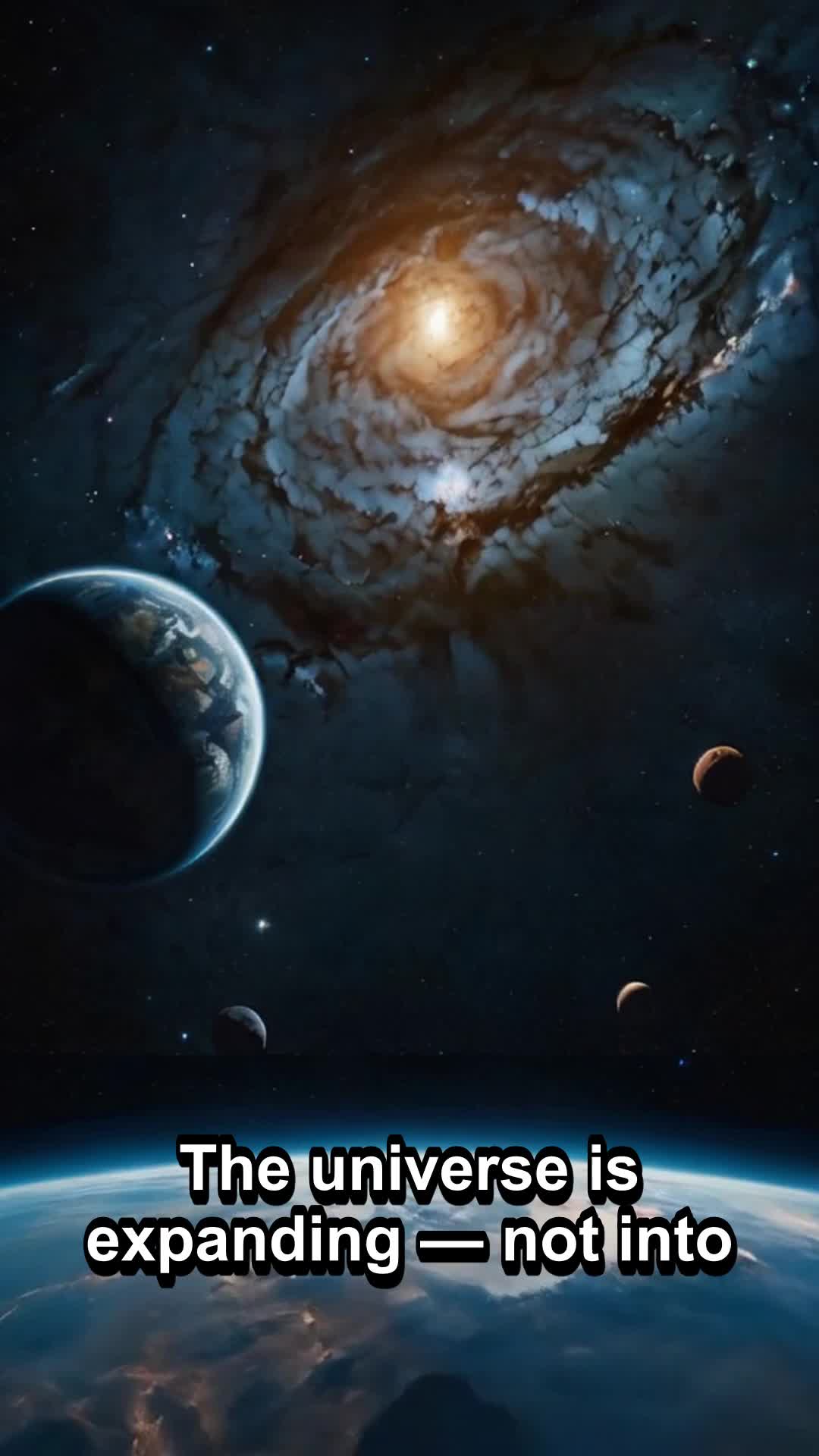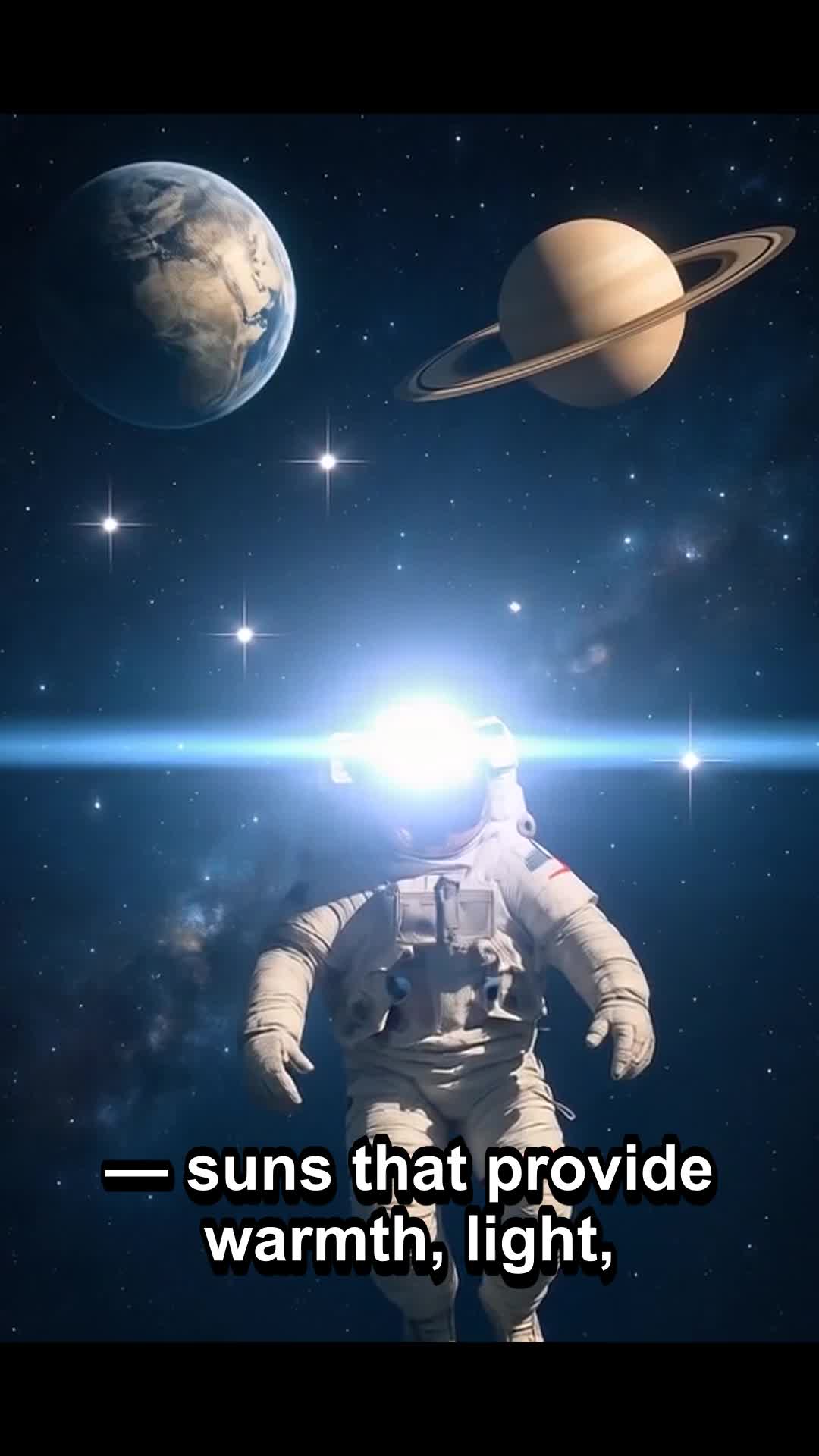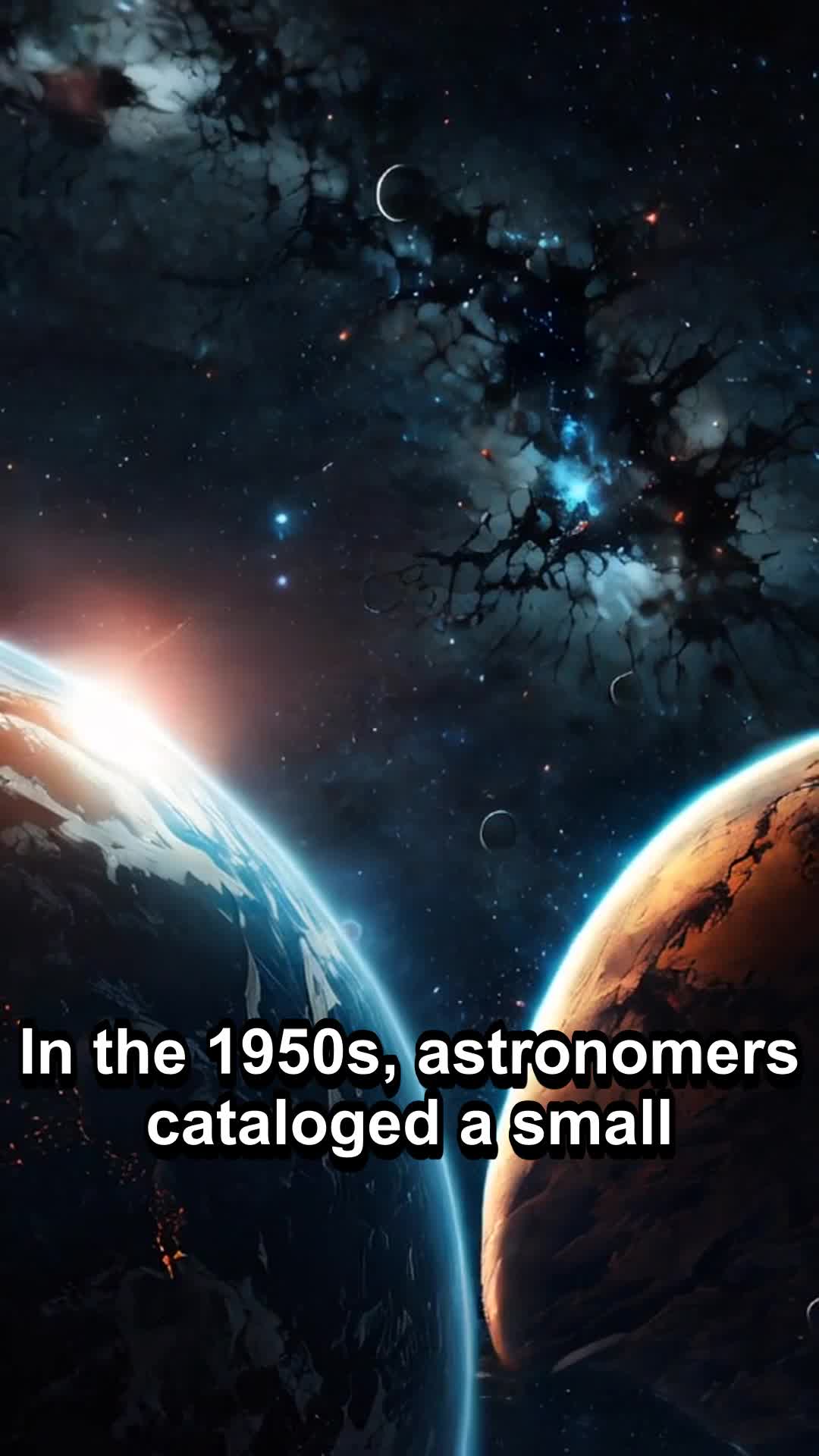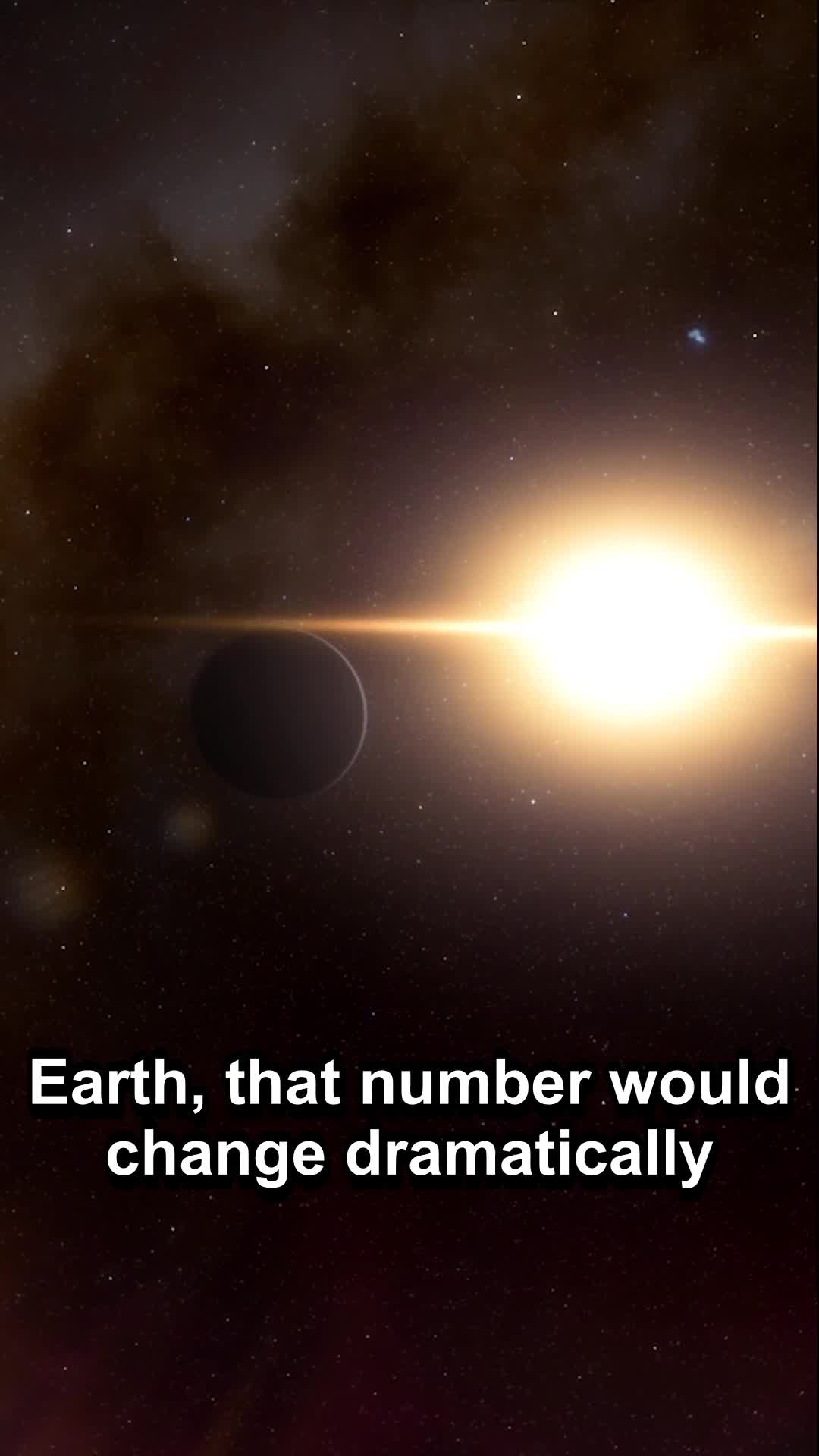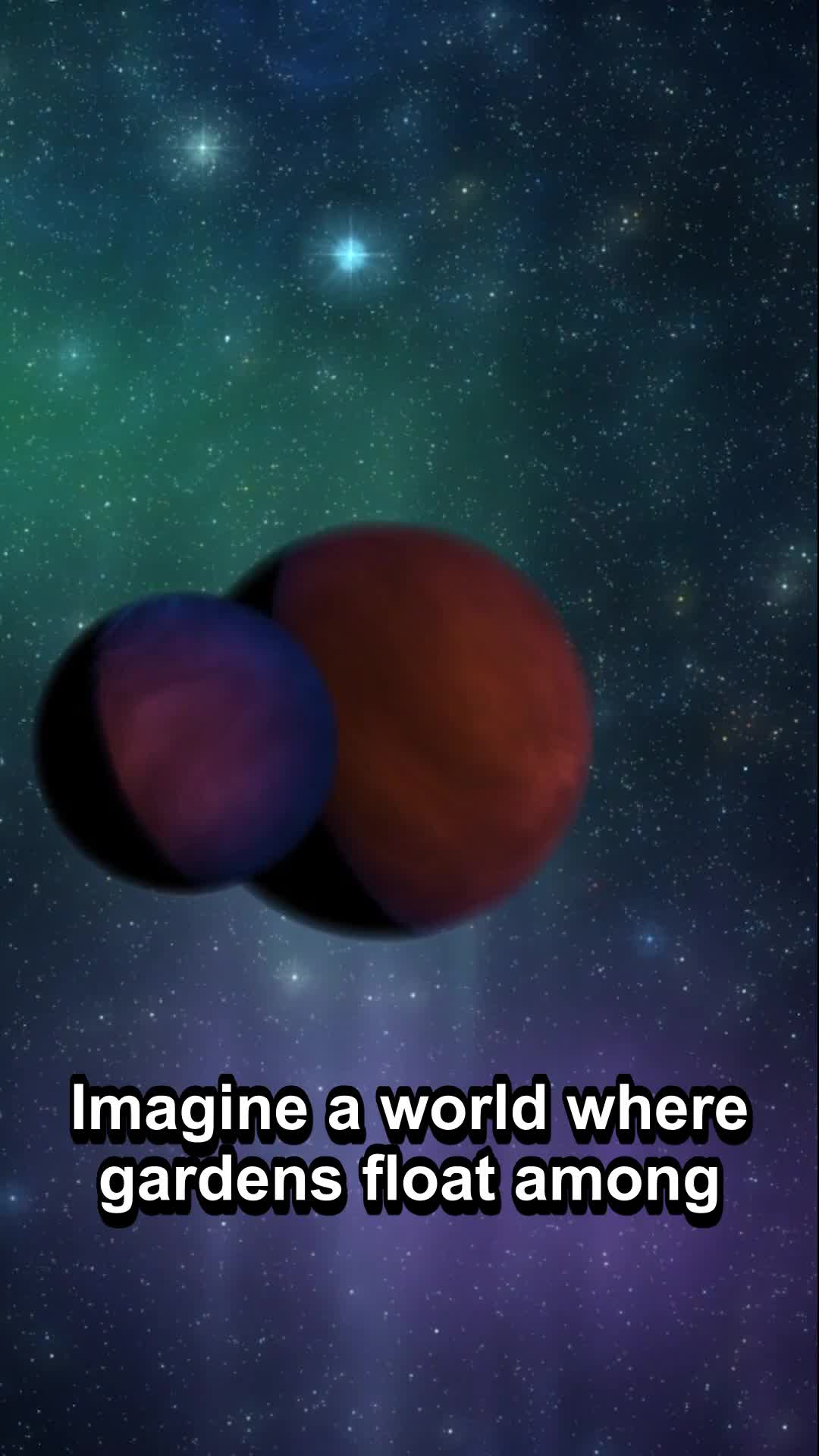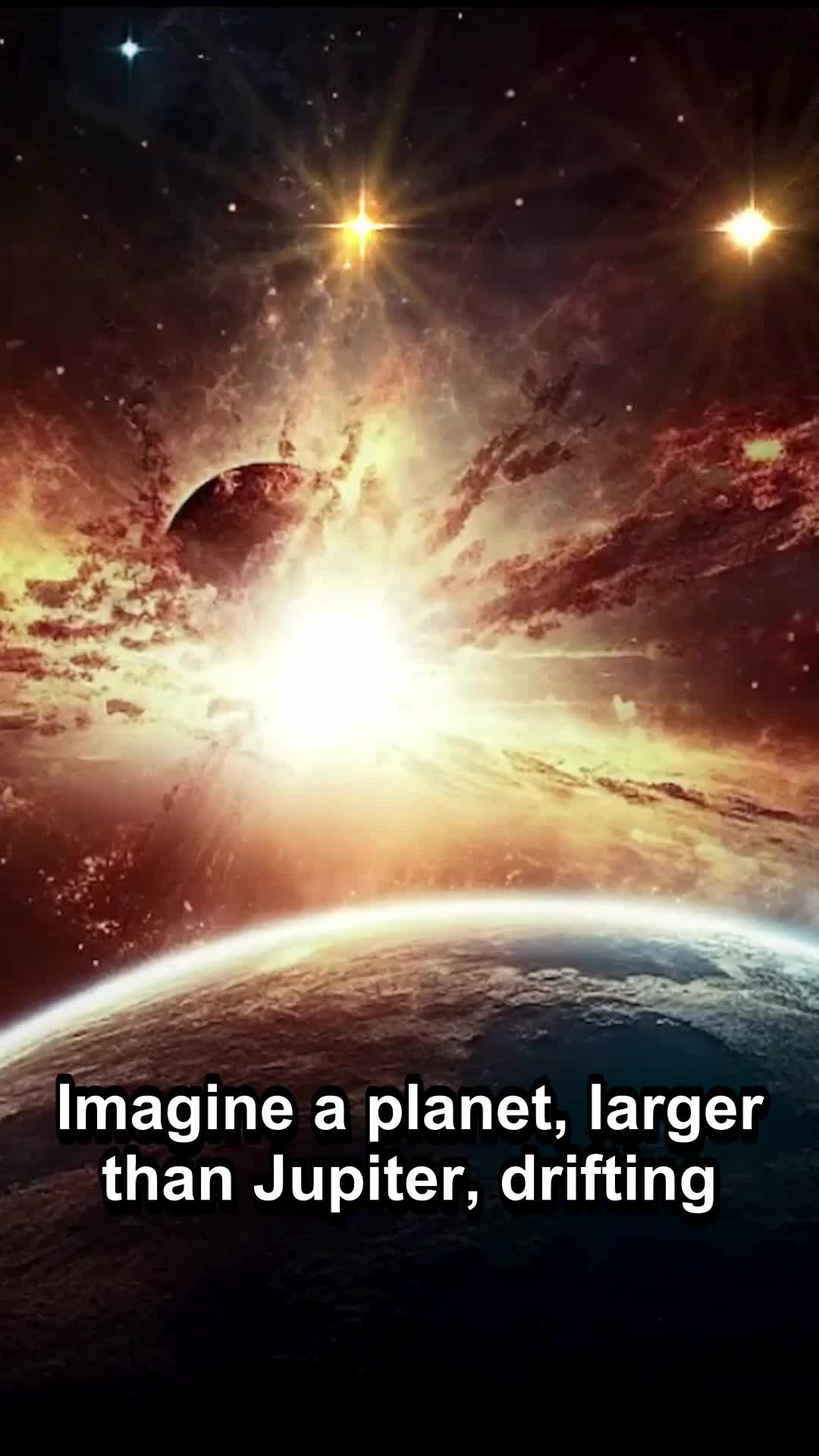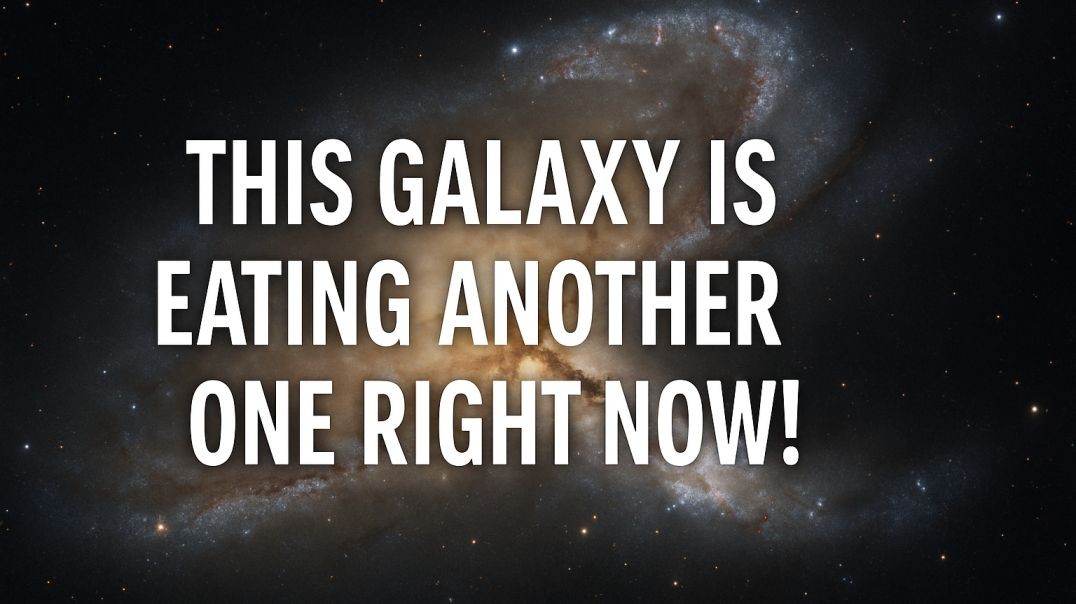סרטונים מובילים
Lakes on Titan: But It’s Not Water! #explore follow me at youtube space chanel : https://www.youtube.com/channe....l/UCnDJqQ6YxwnzhjIhn
Is Earth the only home for life in the universe? Or are we just one world among countless others teeming with life? 🌍🛸 In this groundbreaking video, we analyze every major planet — and some surprising moons — searching for real signs of alien life that scientists are only now beginning to understand.
From the mysterious methane plumes of Mars to the hidden oceans beneath Europa’s icy crust, the clues are piling up faster than ever before. We break down planet by planet where life could exist, what kind of environments could support it, and the most shocking discoveries that hint we may not be alone.
You’ll learn about the planets and moons with the highest potential for harboring microbes, complex organisms, or even intelligent civilizations. We’ll dive into NASA missions, SpaceX ambitions, and new telescope data revealing secrets we couldn’t even imagine a decade ago.
Could Venus’ clouds be hiding life? Is Titan's methane sea a cradle for exotic organisms? What’s lurking beneath the frozen shell of Enceladus? The answers will blow your mind.
Get ready for real science, real possibilities, and the real hope that somewhere out there, life might be thriving in ways we are just beginning to comprehend.
If you’re fascinated by space exploration, alien life theories, and the biggest mysteries of the cosmos, this is a journey you don’t want to miss. 🌌
Watch until the end — the final revelations will leave you questioning everything you thought you knew about life in the universe.
Dive into the enigmatic universe of black holes with our captivating video, "Unveiling the Mysteries of Black Holes: An In-Depth Exploration". This detailed video offers viewers a comprehensive look at one of the most fascinating phenomena in space science. Starting with a brief introduction to what black holes are, the video delves into their origins, discussing both stellar black holes and supermassive black holes found at the centers of galaxies. We explore the groundbreaking research and theories by eminent scientists like Stephen Hawking and Albert Einstein, shedding light on how these cosmic giants defy the laws of physics as we know them. The video also features stunning visual simulations and real telescope images to illustrate how black holes interact with their surroundings, including the process of accretion and the infamous event horizon. Further, our expert interviews provide insights into recent discoveries and ongoing research, highlighting significant events such as the first-ever image capture of a black hole's event horizon by the Event Horizon Telescope (EHT). We also discuss the role of black holes in the broader context of the universe, including galaxy formation and gravitational waves. Whether you're a student, educator, or just a curious mind eager to understand more about the universe, this video is designed to enrich your knowledge and spark your fascination with the cosmos. Join us on this extraordinary journey through time and space as we uncover the secrets of black holes.
The Signal That Bent Around the Universe Before Reaching Us
When we think of the largest objects in the universe, galaxies like the Milky Way or Andromeda often come to mind. However, in this enlightening video, we delve into the true behemoth of the cosmos, which might not be what you expect. This documentary-style video begins with a captivating introduction to the concept of galaxies, their types, and the methods by which astronomers measure their vast extents. As the video progresses, we pivot to focus on IC 1101, the galaxy that currently holds the title for the largest known in the observable universe. Located over a billion light-years away, IC 1101 dwarfs even the mighty Andromeda with a staggering diameter of about 6 million light-years. Our expert narrators and animated graphics help visualize this scale in comparison to our own galaxy, providing viewers with a sense of the immense size of IC 1101. The narrative then explores the fascinating history of how IC 1101 was discovered and the various observations and studies that have been conducted to understand its massive size and structure. We also dive into the intriguing dynamics within such a large galaxy, including the formation of stars, the behavior of its central black hole, and its interaction with neighboring galaxies in its cluster. Moreover, the video discusses the implications of the existence of such massive galaxies on our understanding of the universe and its formation. We interview leading astronomers and astrophysicists who explain the challenges and exciting prospects of studying IC 1101 and what it can tell us about the early universe and the future of cosmic exploration. To ensure a comprehensive understanding, the video includes simple yet detailed explanations suited for both astronomy enthusiasts and the general public. We wrap up with a discussion on the future of space exploration and the next generation of telescopes, poised to unravel more mysteries of the universe. Whether you're a seasoned stargazer or new to the wonders of the cosmos, this video promises an informative and awe-inspiring journey through one of the most fascinating subjects in space science.
Galaxies don’t drift alone — they communicate through gravity, pulling, warping, and reshaping one another across millions of light-years.
"Violent Space" is a captivating video that delves into the awe-inspiring and tumultuous phenomena occurring across the cosmos. This visually stunning exploration offers viewers a front-row seat to the universe's most dynamic and violent events, from the explosive deaths of stars to the chaotic collisions of galaxies. As the video begins, viewers are taken on a journey to witness supernovae — the spectacular explosions that mark the death of stars. These cosmic fireworks are not only beautiful to watch but also crucial to the spread of elements across the universe. The footage includes high-definition animations that illustrate how these explosions contribute to the creation of new stars and planets. The narrative then shifts to the violent gravitational ballet of galaxies colliding. These massive events, which can span hundreds of millions of years, are depicted through a combination of real telescope images and detailed computer simulations. The video explains the stages of galactic collisions, highlighting the formation of stunning galactic mergers and the birth of new star systems within them. One of the most gripping segments focuses on the mysterious and powerful black holes. "Violent Space" uses cutting-edge visual effects to show how these gravitational behemoths warp space and time, drawing in surrounding matter with irresistible force. The video also discusses recent discoveries about black holes, including their role in emitting powerful jets of energy that can impact entire galaxies. In addition to these cosmic phenomena, the video covers the tumultuous environments of planetary nebulas and star-forming regions. Viewers will learn about the lifecycle of stars and the violent processes involved in their birth and death, enhanced by expert commentary from leading astronomers and astrophysicists. "Violent Space" not only educates but also mesmerizes, using a powerful soundtrack and expertly crafted visual effects to enhance the dramatic and violent nature of the universe. This video is perfect for anyone fascinated by astronomy, space science, and the natural wonders of the universe.
There’s an Ocean Hiding Inside Pluto!
Tiny, frozen, and distant — Pluto might seem like just a dead ball of ice. But beneath its rugged, frozen shell, scientists believe a vast hidden ocean is silently waiting. Yes, an ocean — liquid, real, and larger than we ever imagined — trapped deep inside. When the New Horizons spacecraft flew by Pluto in 2015, it captured strange features: giant cracks, odd surface movements, and soft terrain, signs that something beneath was not solid.
Embark on a captivating journey through the cosmos as we explore one of the most mesmerizing phenomena in our galaxy - a star orbiting the supermassive black hole at the center of the Milky Way at an astonishing speed of 8,000 km/s. This video provides a comprehensive analysis and stunning visualizations of this cosmic dance, which occurs right at the heart of our galaxy. The video begins with an overview of the Milky Way, highlighting its massive black hole, known as Sagittarius A*. Through expert commentary and state-of-the-art graphics, we delve into the mechanisms of galactic dynamics and the significant role black holes play in shaping their surroundings. We then zoom in on the star in question, which is one of the few celestial bodies brave enough to skirt the edges of such a formidable gravitational force. The video explains how astronomers have been able to track this star's orbit through sophisticated technologies and the implications these observations have for our understanding of general relativity and black hole physics. Further, our documentary-style exploration discusses the challenges and breakthroughs in astrophysics that allow scientists to observe these high-speed orbital movements from millions of light-years away. We also consider the future of space research and the next-generation telescopes poised to provide even deeper insights into black holes and their cosmic ballet partners. In addition to the scientific analysis, the video includes interviews with leading astrophysicists and animations that bring the high-speed orbital path to life, offering viewers a detailed look at the scale and significance of such an event. This feature is not just a testament to human curiosity and ingenuity but also a glimpse into the profound mysteries that our universe holds. Whether you are a seasoned astronomer or a space enthusiast, this video will enrich your understanding of the universe and inspire awe at the complexities that lie within our own galaxy.
In this fascinating documentary-style video, we explore one of the most extraordinary astronomical discoveries of recent times—a planet that completes an orbit around its star every 18 hours. This video provides an in-depth analysis of this remarkable celestial body, beginning with its initial discovery by a team of international astronomers using advanced space telescopes. The video first introduces viewers to the basic concepts of exoplanet research, including the methods astronomers use to detect planets outside our solar system, such as the transit method and radial velocity technique. It then dives into the specifics of this ultra-fast orbiting planet, officially known as NGTS-10b, located about 1000 light years away from Earth. We cover the unique characteristics of NGTS-10b, focusing on its incredibly short orbital period, which makes it one of the fastest orbiting exoplanets known. The video explains the scientific significance of such a discovery, discussing what it tells us about planet formation, orbital dynamics, and the extreme conditions that can exist on other worlds. Expert interviews are interwoven throughout the video, featuring astronomers and planetary scientists who provide insight into the challenges and exhilarations of studying such an unusual planet. These experts discuss the potential atmospheric composition of NGTS-10b, its likely gravitational interactions, and the intense stellar radiation it must withstand due to its proximity to its host star. Additionally, the video examines the future of research in this area, including upcoming missions and technologies that may allow us to learn even more about ultra-short period planets. Viewers will also learn about the broader implications of these findings, including how they influence our understanding of planetary systems throughout the galaxy. This video is not only a deep dive into the science of a peculiar planet but also a celebration of human curiosity and the ongoing quest to understand the universe. Join us as we unravel the mysteries of NGTS-10b and consider what other secrets might be lurking in the cosmos.
In the vastness of space, galaxies are not static entities; they move, evolve, and sometimes even consume one another. Our latest video, "Cosmic Cannibalism: Witness a Galaxy Devouring Its Neighbor," offers a rare glimpse into one of the universe's most dramatic events: galactic mergers. This detailed video uses cutting-edge animations and expert commentary to explore the ongoing collision between two galaxies. The video begins by setting the cosmic stage, explaining how galaxies are structured and what happens when their paths cross. Through mesmerizing visuals, we show the initial gravitational pull that draws these massive structures together. Astronomers use terms like "galactic cannibalism" to describe these events, but what does that look like? Our video provides clear, detailed animations that illustrate how one larger galaxy begins to absorb a smaller neighbor, pulling it in with relentless gravitational forces. As the galaxies collide, we detail the stunning transformations that occur. Stars are flung into new orbits, and interstellar gas clouds crash into one another, sparking new waves of star formation. The video highlights specific phenomena such as starburst events and the formation of tidal tails, where stars and gas are drawn out into long streams away from the main bodies of the galaxies. Expert interviews pepper the narrative, offering insights from leading astronomers and astrophysicists. They discuss the significance of these events, not just as spectacular cosmic shows, but also as crucial processes that can alter the evolutionary course of galaxies. The merging process, which can span hundreds of millions of years, tells us a lot about the structure and future of our own galaxy, the Milky Way. Furthermore, the video delves into the potential fate of the Solar System in such a cosmic event, providing a perspective on what might happen if our own galaxy were to collide with another. The conclusion of the video offers a look ahead at upcoming missions and technologies that will allow humanity to better observe and understand these galactic mergers. By the end of our video, viewers will not only have witnessed the incredible phenomenon of a galaxy consuming another but will also appreciate the cosmic forces at play that shape our universe. This video is a must-watch for anyone intrigued by the mysteries of space and the dynamic processes that drive it.
Have you ever wondered what exists at the very edge of our universe? "Unveiling Mysteries: What Really Lies at the Universe's Boundary?" delves deep into one of the most intriguing questions in cosmology. This comprehensive video explores the theoretical and physical boundaries of the universe, engaging with leading theories and the latest research to offer a clearer picture of the cosmic frontier. The video begins by introducing viewers to the basic concepts of the universe's structure, explaining in accessible terms how the universe is expanding and what that means for its boundaries. It challenges the common misconception that there is a physical 'edge' to the universe, instead presenting the idea of the observable universe and how it differs from the entire universe. Expert interviews are woven throughout the video, featuring prominent astronomers and physicists who discuss their latest research findings and theoretical insights. These discussions include the implications of cosmic inflation, the role of dark energy in the expansion of the universe, and the potential for multiple universes or a multiverse scenario. Additionally, the video explains complex concepts such as the cosmic microwave background radiation, the shape of the universe, and how these elements provide clues about the universe's overall topology and boundaries. Visual animations help illustrate these sometimes abstract concepts, making them understandable and engaging for viewers with varying levels of prior knowledge. "Unveiling Mysteries: What Really Lies at the Universe's Boundary?" not only educates but also inspires awe for the vastness and complexity of the cosmos. It encourages viewers to think about big questions in new ways, emphasizing the ongoing nature of scientific inquiry and our ever-evolving understanding of the universe. This video is perfect for anyone curious about space, astronomy, and the fundamental nature of reality. Whether you're a seasoned astrophysicist or a casual science enthusiast, this video will expand your horizons and deepen your understanding of the universe.
In the vast expanse of space, a groundbreaking discovery has been made: a planet orbiting a dead star, known scientifically as a white dwarf. This video dives deep into the implications and scientific marvel of this finding, offering viewers an unprecedented look at one of space's most intriguing phenomena. The documentary-style video begins with an introduction to white dwarfs, the remnants of stars that have exhausted their nuclear fuel and shed their outer layers. We explore how these stars, once like our own sun, transform into dense, cooling orbs about the size of Earth. From there, the focus shifts to the recently discovered planet. This celestial body, defying previous expectations, orbits its white dwarf at a remarkably close distance, surviving the star's dramatic death throes. The video explains the significance of this survival, highlighting how it challenges existing theories about planetary system development and decay. Astrophysicists and planetary scientists provide expert commentary throughout the video, discussing the methods used to detect such planets and the potential for finding more. They delve into the technologies, like the transit method and gravitational lensing, that have made these observations possible. Moreover, the video addresses the big questions this discovery raises about the future of our own solar system and others. What happens to planets as their stars age and die? Could life find a way to endure on planets orbiting dead stars? Theoretical models and simulations provide insights into these questions, suggesting scenarios where life might adapt to extreme and changing conditions. In addition to scientific analysis, the video offers stunning visualizations of the white dwarf and its planet, based on the latest astronomical data and artist's interpretations. These visuals not only help viewers understand the scale and nature of these cosmic bodies but also enhance the awe-inspiring beauty of the universe. As the video concludes, it invites viewers to ponder the resilience of planetary systems and the endless mysteries awaiting discovery in the cosmos. Whether you're a seasoned astronomer or a curious newcomer, this video will deepen your appreciation for the dynamic and ever-evolving universe.
"Plants Are Surviving in Space — Here's How It Could Change Humanity Forever"
Follow me : https://www.youtube.com/channe....l/UCnDJqQ6YxwnzhjIhn
In this captivating video, we delve into the perplexing and unprecedented phenomenon of a galaxy that seemingly vanished from the night sky. Our journey begins with an overview of the initial observations made by astronomers using powerful telescopes stationed around the globe. These initial findings set the scientific community abuzz with theories and speculations. The video then explores the various hypotheses proposed by leading astrophysicists to explain this cosmic mystery. One theory suggests that the galaxy may have been obscured by a massive interstellar dust cloud, effectively hiding it from view. Another possibility discussed is gravitational lensing, where the light from the galaxy is bent and redirected by the gravitational force of an intervening cosmic body, making the galaxy appear to vanish. We also examine the role of dark matter in this phenomenon. The video includes animations that illustrate how this invisible matter could potentially envelop and isolate a galaxy, cutting it off from the rest of the universe. Furthermore, interviews with experts provide insights into how this disappearance could impact our understanding of the universe’s structure and the future of galaxy observation. In addition to expert commentary, the video features stunning visualizations of the galaxy before its disappearance, alongside simulations of the aforementioned theories that might explain this enigma. These visuals not only enhance the viewer's understanding but also add a dramatic effect to the storytelling. The latter part of the video discusses the technological advancements in telescopes and observation techniques that could help solve this mystery. It also speculates on what the discovery or explanation of such a disappearance could mean for future astronomical studies and for our understanding of the universe as a whole. Join us as we explore this intriguing cosmic mystery, the science behind it, and the profound questions it raises about our universe. Whether you are a seasoned astronomer or a curious enthusiast, this video is sure to provide you with a wealth of information and stimulate your curiosity about the cosmos.
Dive deep into the fundamental forces that shape our universe with our detailed video, "Exploring the Forces of Gravity: A Comprehensive Visual Guide." This engaging and educational piece provides viewers with a thorough understanding of gravity, one of the four fundamental forces of nature that dictates the motion of planets, stars, galaxies, and even light itself. Starting with a historical perspective, the video features expert commentary on Isaac Newton's law of universal gravitation, which laid the groundwork for centuries of scientific inquiry. It delves into the groundbreaking work of Albert Einstein, who revolutionized our understanding with his theory of general relativity, explaining how gravity is not merely a force but the curvature of spacetime itself caused by mass. The video also covers contemporary research and advancements that continue to challenge and expand our knowledge of gravitational phenomena. Key experiments and missions, such as the Gravity Probe B and LIGO (Laser Interferometer Gravitational-Wave Observatory), are highlighted, demonstrating how scientists today are able to observe and measure gravitational waves, thus opening a new window into the cosmos. Visual aids, including detailed animations and real-life footage, help illustrate complex concepts like black holes, gravitational lensing, and the effects of gravity on time dilation. These visuals are not only captivating but also help demystify topics that can seem daunting at first glance. Additionally, the video addresses common questions and misconceptions about gravity, providing clear, concise answers that are scientifically accurate. It also explores potential future discoveries and the ongoing quest to unify gravity with quantum mechanics, which could one day lead to a complete theory of quantum gravity. By the end of this video, viewers will have a solid understanding of both the historical context and the cutting-edge science behind gravity, equipped with the knowledge to explore further and appreciate how gravity truly shapes our universe.
Discover the fascinating journey of plants in outer space with our in-depth video, "Thriving Flora: How Plants Adapt & Grow in Space Environments." This video explores the groundbreaking research and experiments conducted by scientists to understand how plants can survive and thrive beyond Earth's atmosphere. As humanity edges closer to long-duration space missions and possibly colonizing other planets, understanding plant life in space becomes crucial. The video begins with a historical overview of the first experiments on plant growth in space, detailing the challenges faced by early space biologists. It highlights key missions, such as the experiments aboard the International Space Station (ISS), where various plant species, including zinnias and wheat, have been cultivated. Viewers will learn about the unique environmental conditions of space, such as microgravity and high radiation levels, and how these factors impact plant growth, development, and photosynthesis. Our expert interviews provide insight into the innovative technologies and methods developed to facilitate plant growth in such an alien environment. These include advanced hydroponic and aeroponic systems, LED lighting setups tailored to simulate sunlight, and genetically modified plants designed to withstand extreme conditions. The video also showcases real-time footage and time-lapse sequences of plants growing aboard the ISS, offering viewers a visual representation of how plants adapt their growth patterns in space. Furthermore, the video discusses the psychological benefits for astronauts of having green, growing things aboard spacecraft and the future implications of space-grown plants for sustainable life support systems. It also considers ethical and biosecurity issues involved in transferring Earth's flora to extraterrestrial environments. This comprehensive video is not just an informative watch but also a call to imagine the possibilities that space botany holds for the future of interplanetary travel and habitation. Join us as we delve into the green frontier, where science fiction meets science fact, and witness how plants are not just surviving but flourishing in the final frontier.
Follow me on my space youtube chanel : https://www.youtube.com/channe....l/UCnDJqQ6YxwnzhjIhn
Rain on Venus: But It Never Reaches the Ground! Venus is often called Earth's twin, but beneath its golden clouds lies a deadly mystery — it rains acid, but not a single drop ever touches the ground. High above, thick clouds of sulfuric acid form as if preparing for a massive storm. But as the acid droplets begin their deadly descent, something shocking happens: the surface heat of Venus, hotter than an oven at 475 degrees Celsius, causes the rain to evaporate before it ever hits the ground. It’s a ghost storm, an endless rain that dies mid-fall.
In the vast cosmos, not all planets are bound to the gravitational pull of a star. Some wander through the galaxy as rogue planets, and this video delves into the intriguing world of these celestial nomads. "A Planet That Floats in Space Without a Star" explores the fascinating concept of rogue planets, celestial bodies that do not orbit a star but instead drift through the galaxy independently. We start by defining what rogue planets are and how they come into existence. Typically, these planets are believed to have been ejected from their original solar systems during the early stages of planetary formation. The forces involved in their ejection and the dynamics of these free-floating entities are discussed in detail, using high-definition animations and expert interviews. The video further explores the implications of these wandering planets on theories of planetary formation and survival. How do these planets maintain their atmospheres? What potential do they hold for hosting life? Theories suggesting that under certain conditions, rogue planets could harbor subsurface oceans kept warm by radioactive decay or residual heat from formation are examined. In addition, the documentary touches on how astronomers detect these elusive planets despite their lack of a starry backdrop. Techniques like gravitational microlensing, where the light from a distant star is momentarily focused by the gravity of a rogue planet passing between the star and Earth, are clearly explained with visual aids. The narrative also considers the future of space exploration and the role that rogue planets could play in understanding the universe's broader ecological systems. Could these planets serve as pit stops for interstellar travel? What resources might they offer? These questions are pondered with insights from leading astrophysicists and planetary scientists. Finally, the video looks ahead to upcoming missions and technologies that may provide more clues about the nature and prevalence of rogue planets. With captivating visuals and thought-provoking commentary, "A Planet That Floats in Space Without a Star" invites viewers to consider the complexities and wonders of our universe in a new light.
The Most Violent Event in Space
